Limoges dish by Haviland & Co., France: 7,109 ppm Lead (90 is unsafe) + 146 ppm Antimony. What china do you have?
This piece looks very much like the similar piece posted earlier but has a slightly different color profile and slightly different pattern. It’s possible that they are the same pattern but manufactured in different years.
When tested with an XRF instrument this Limoges floral pattern dish by Haviland & Co., Haviland France had the following readings:
On the food surface – with the scope on the flowers the center:
- Lead (Pb): 7,109 +/- 183 ppm
- Chromium (Cr): 636 +/- 91 ppm
- Antimony (Sb): 146 +/- 21 ppm
- Zinc (Zn): 929 +/- 67 ppm
- Copper (Cu): 93 +/- 39 ppm
- Iron (Fe): 2,228 +/- 226 ppm
- Vanadium (V): 162 +/- 31 ppm
- Titanium (Ti): 266 +/- 44 ppm
- Silver (Ag): 17 +/- 6 ppm
This item was tested for a minimum of 60 seconds, and tested multiple times to confirm the results. Testing is done with an XRF instrument used in “Consumer Goods” mode. Results are science-based, accurate, and replicable. The XRF used is the same instrument used by the United States Consumer Product Safety commission for testing consumer goods for toxicity.
Why is this much Lead a problem?
For context (so you have a better understanding of what the above numbers may indicate): newly manufactured items intended for use by children are considered unsafe (and illegal) if the glaze, paint or coating is greater than 90 ppm Lead (as detectable with an XRF.) Dishware (modern and vintage) is not regulated in the same way (or with the same strict standards) as toys and other items intended for use by children. In my opinion dishware (which is also used by children) should be regulated in the same way (and with the same limits) as toys and other modern items intended for use by children.
I do not recommend ever using vintage china for food use purposes. Nearly every example of vintage china with a floral pattern on the food surface (that I have tested) has been positive for a very high level of Lead when tested with an XRF instrument. Here’s my Amazon affiliate link* for the Lead-free dishes we use every day in our home: https://amzn.to/2Zs6dHR
To see more “Made in France” pieces I have tested, click here.
To see more Limoges pieces I have tested, click here.
To see more pieces of vintage floral pattern china I have tested, click here.
As always, please let me know if you have any questions.
Thank you for reading and for sharing my posts.
Tamara Rubin
#LeadSafeMama
*Amazon links are affiliate links. If you purchase something after clicking on one of my links I may receive a small percentage (usually 4 to 6%) of what you spend at no extra cost to you.




Never Miss an Important Article Again!
Join our Email List


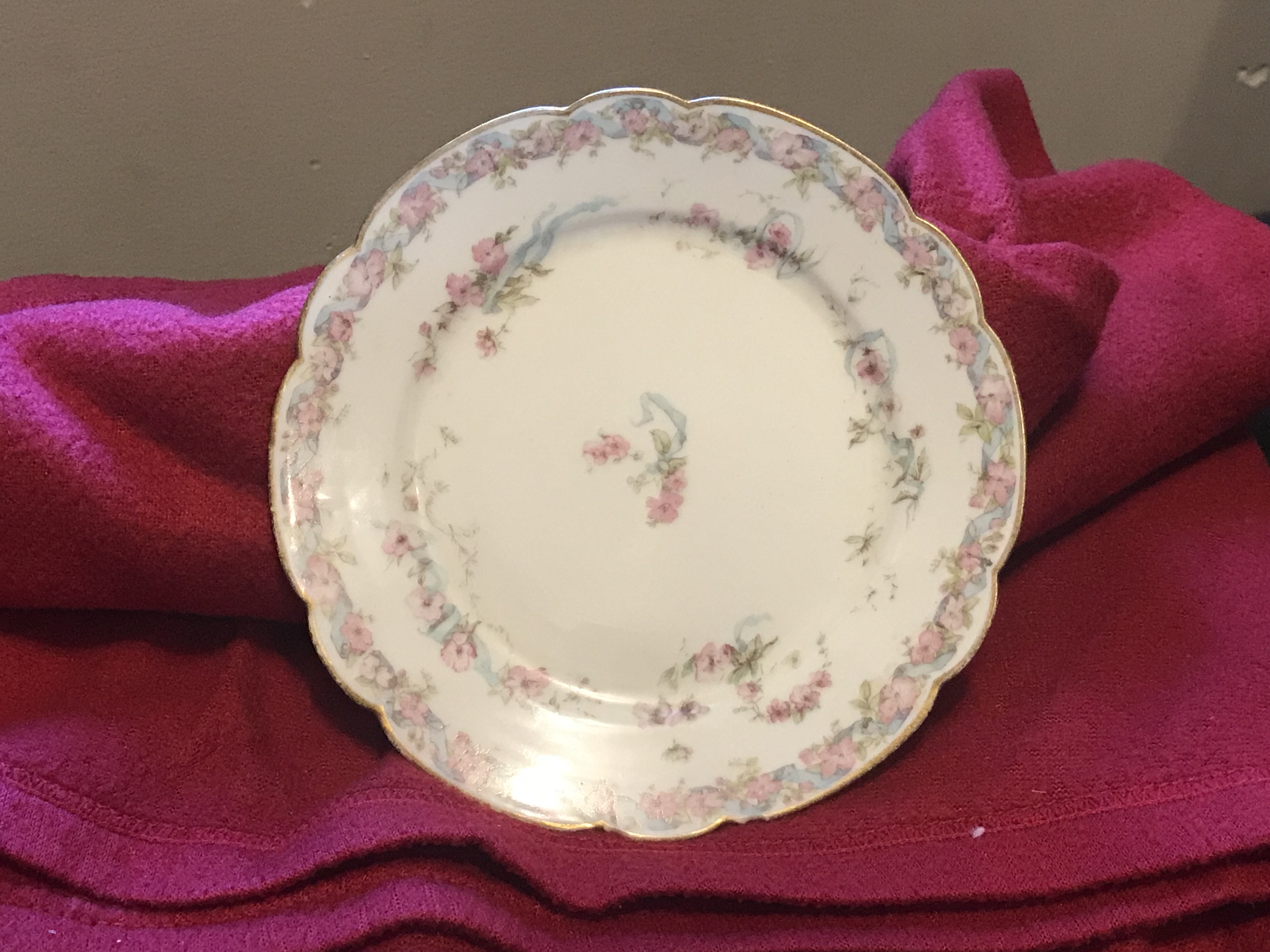
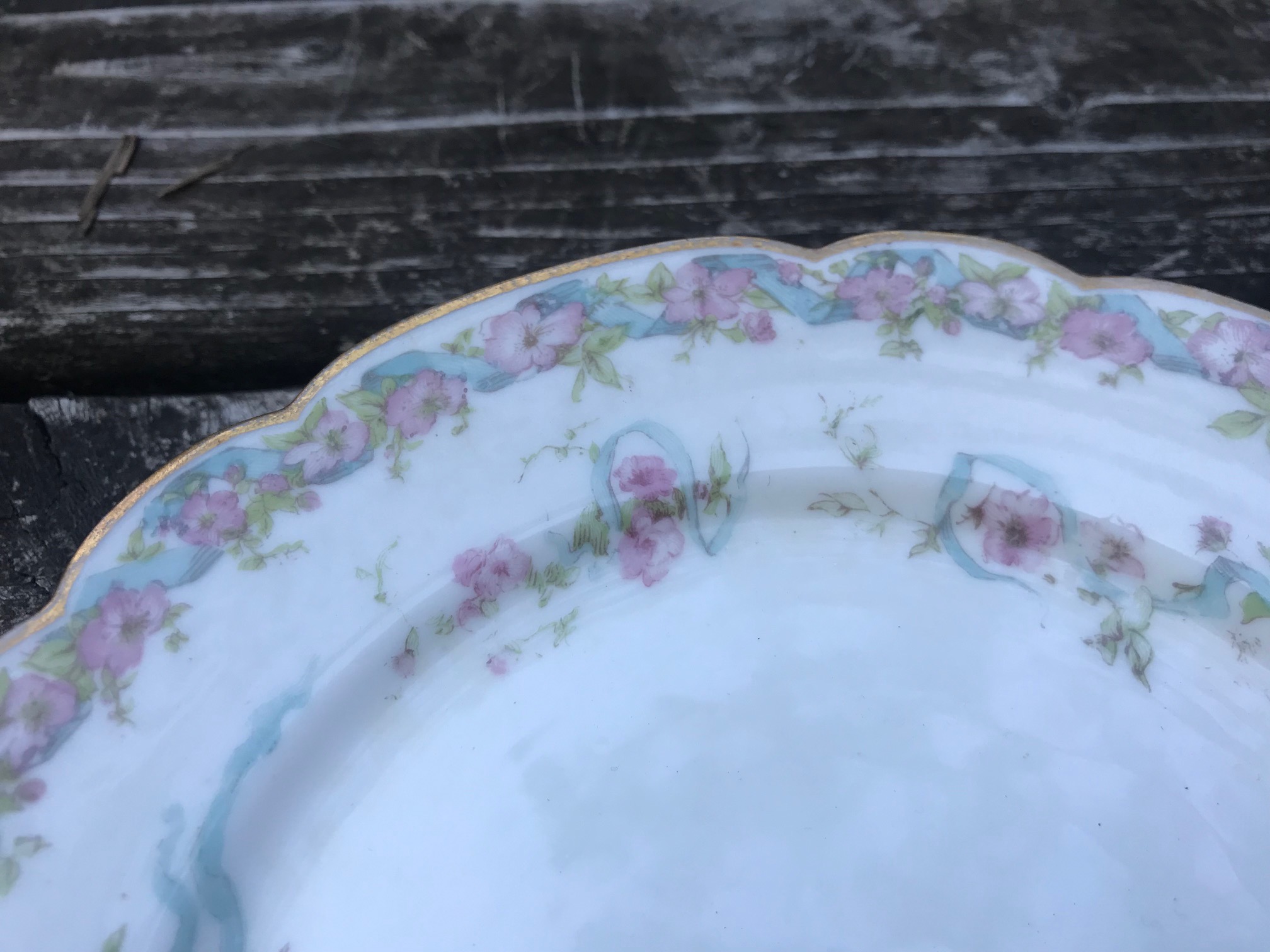
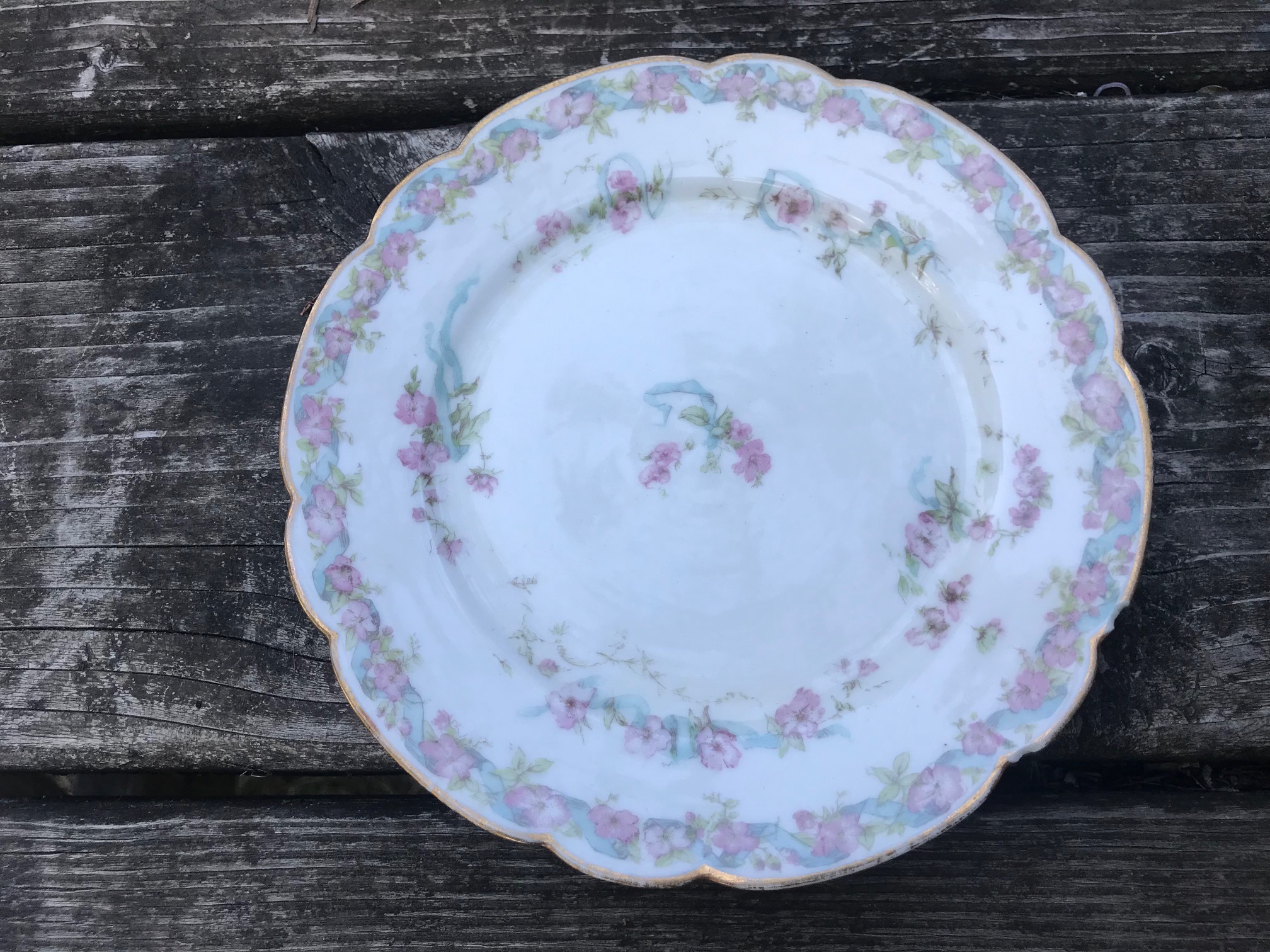
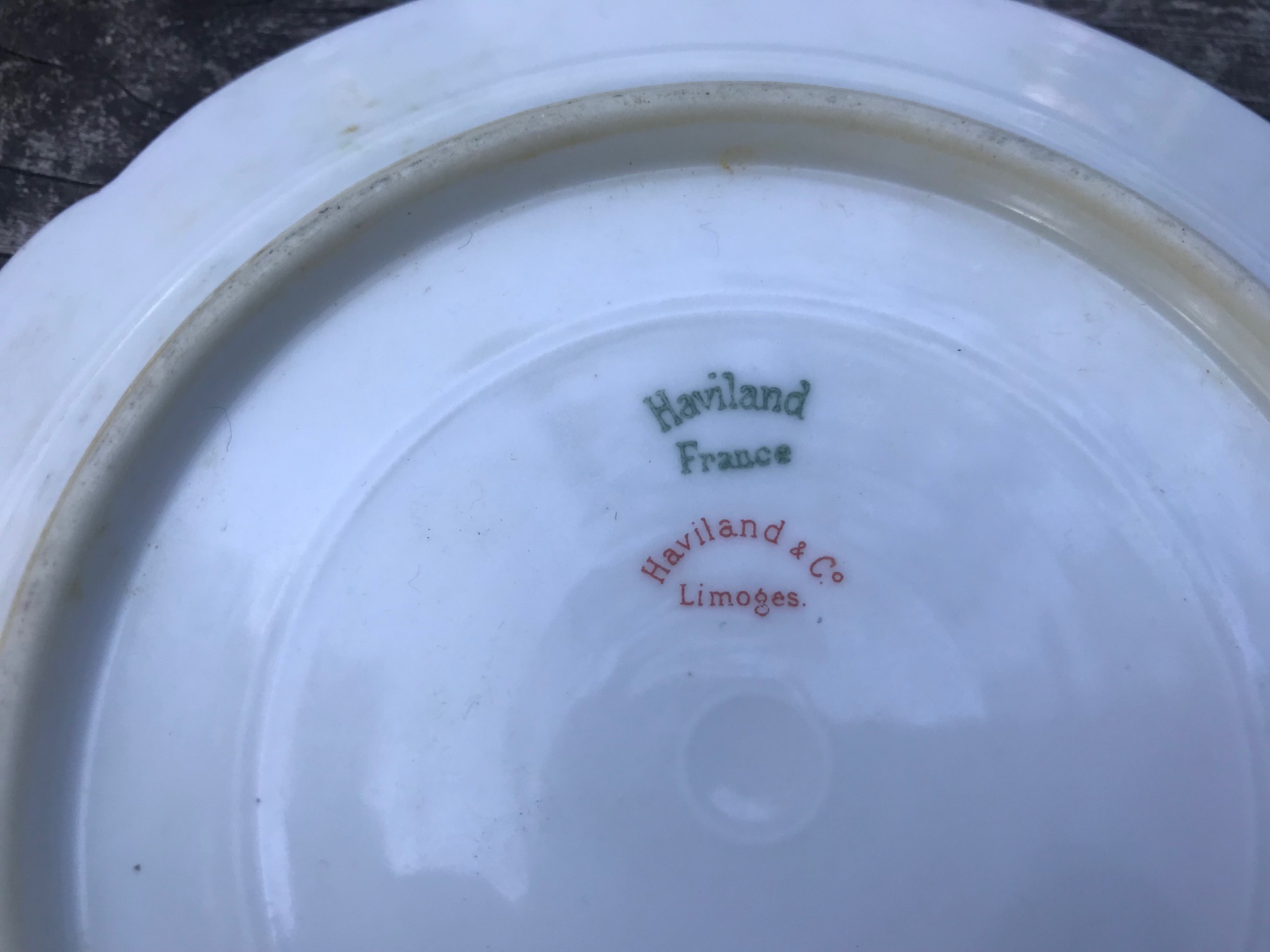
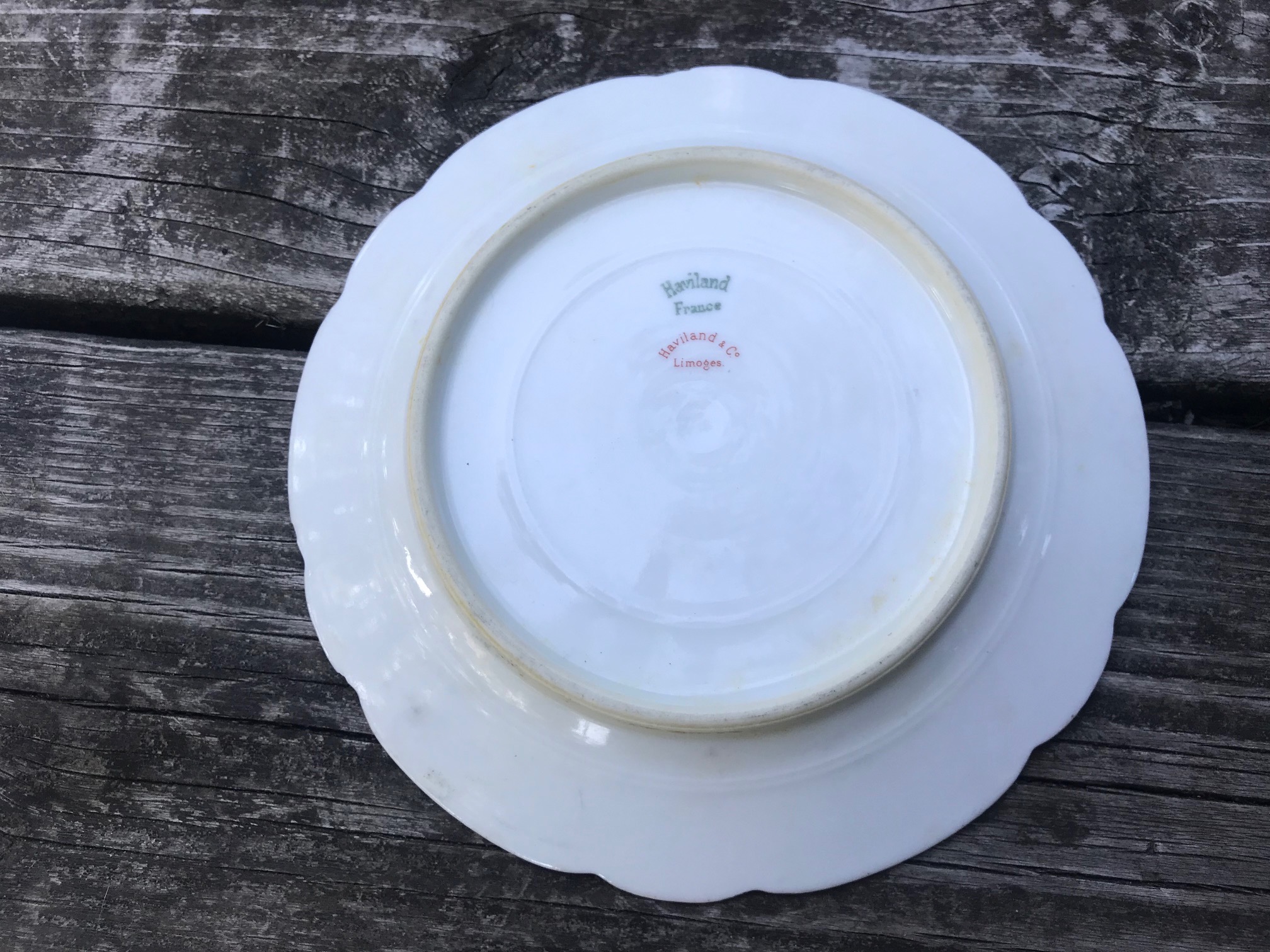

This is so disappointing. I inherited a full Haviland Limoges Niagara service for 12 with serving dishes. It was my grandma’s.
I am trying to understand…so if the dish states Limoges then it has lead? I have a set of Johann Haviland Bavaria Germany Fine China is the Blue Garland Pattern. Are those dishes known to have lead?
I have been eating off of antique china for 40 years and I am fine. I’m talking fine antique china like ironstone or Haviland, and not pottery. I’m old people. I don’t use it for my everyday dishes so maybe that has something to do with it. People will be just fine if they use Grandma’s service for holidays.
I have an all white pattern of Haviland. Should I be concerned about plain white or no? It seems like it’s just the floral patterns that are the issue.
Hi. I have the vintage white haviland China too. Did you ever hear if lead would be a concern?
Thx
Karen
I have my great grandmother’s service for 14 set of Limoge Theodore Haviland made in France. It is a floral pattern and more simple than what you show . How can I get it tested to see if it has lead in it ? It would be very disturbing if I had to get rid of it. Lynn Lovdal
I think it would be helpful if you included some of the standards for lead and other harmful substances in china according to regulations for manufacturing in different countries. For example, Great Britain and the European Union have have regulations that have been in effect since some time in he 80’s. It would be nice to know if the manufactured date of the vintage china would tell us about the safety of the china. I have
There are no standards protecting consumers from harm caused by total lead content in dishware. The only standards are related to leach-testing at the time of manufacturer, data which quickly becomes irrelevant once a product is used. Read more here: https://tamararubin.com/2019/12/does-vintage-and-new-functional-pottery-and-dishware-have-unsafe-levels-of-lead-why-is-that-a-problem/